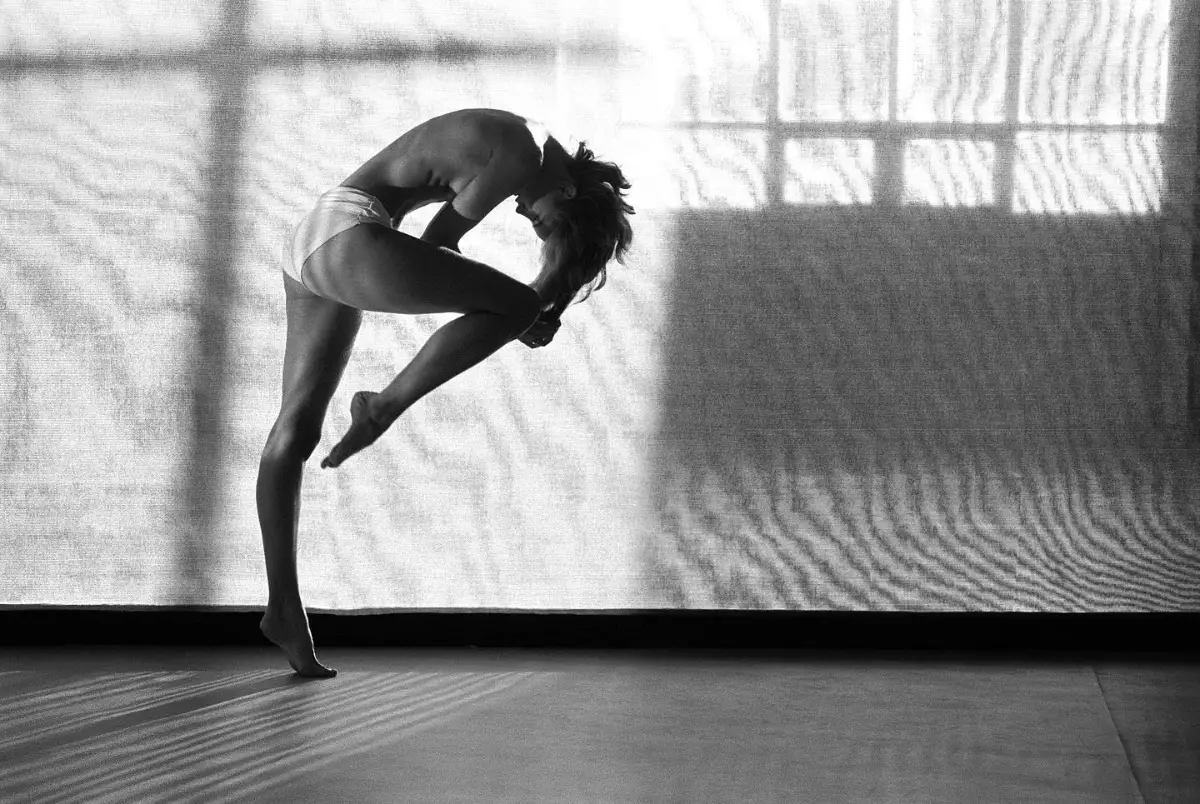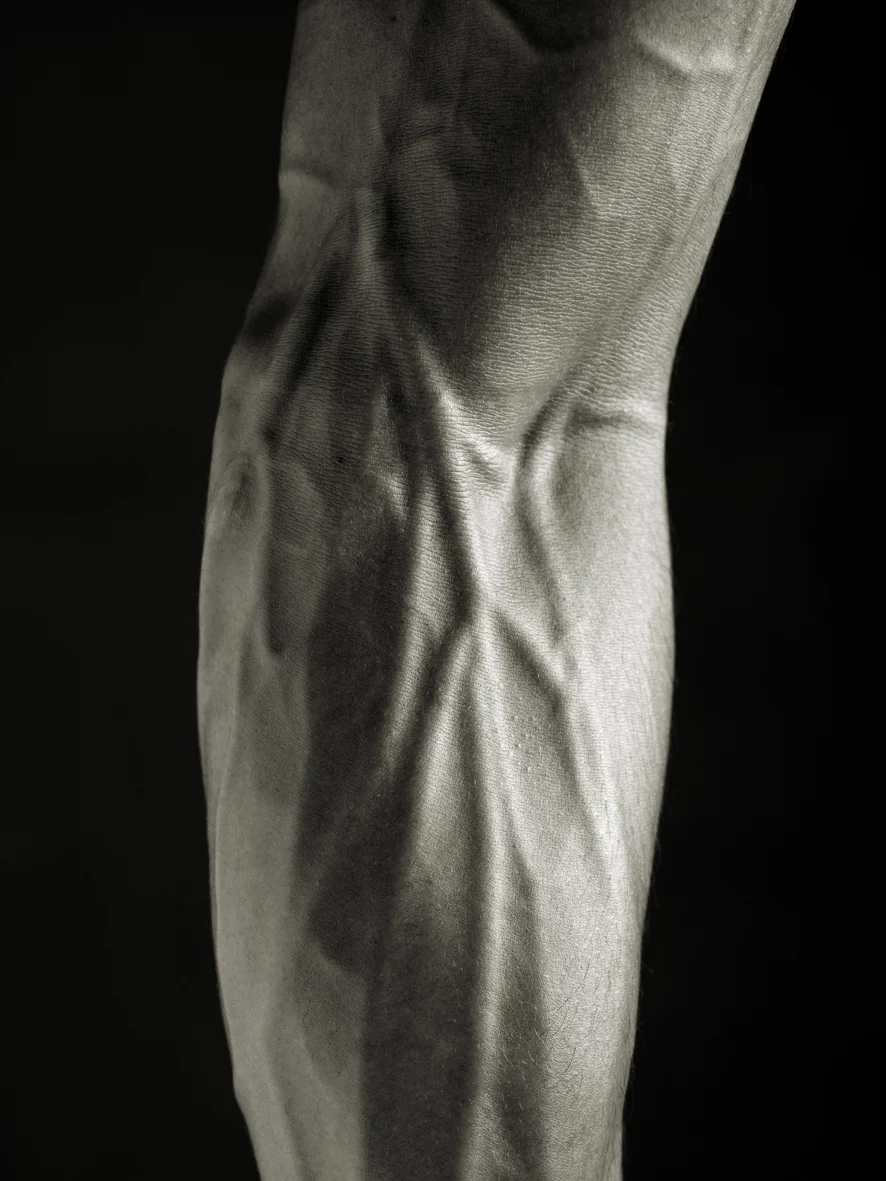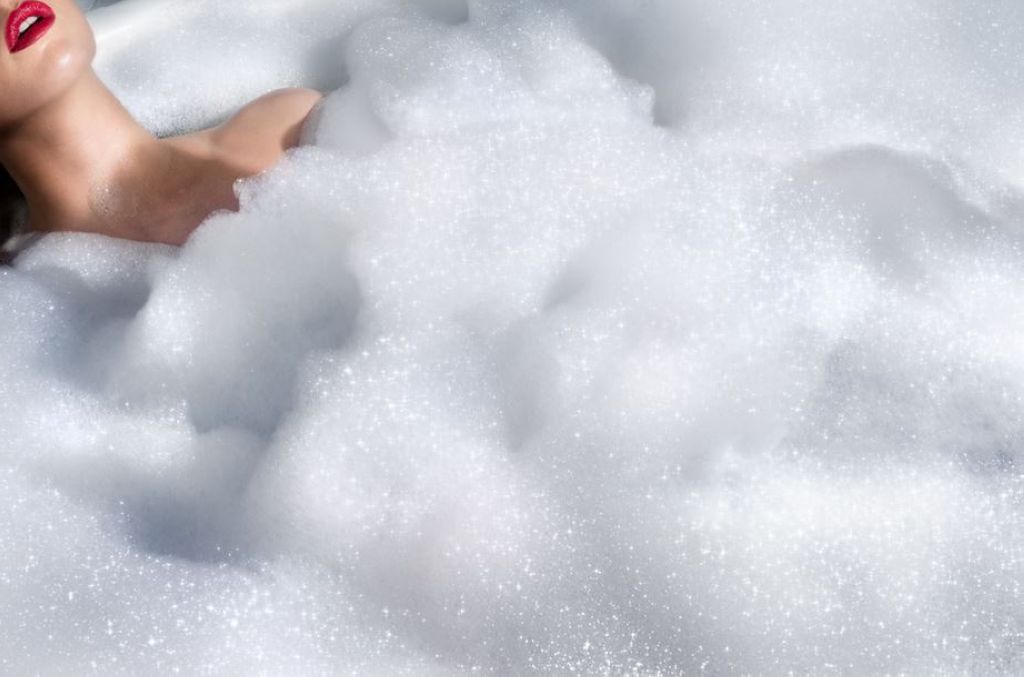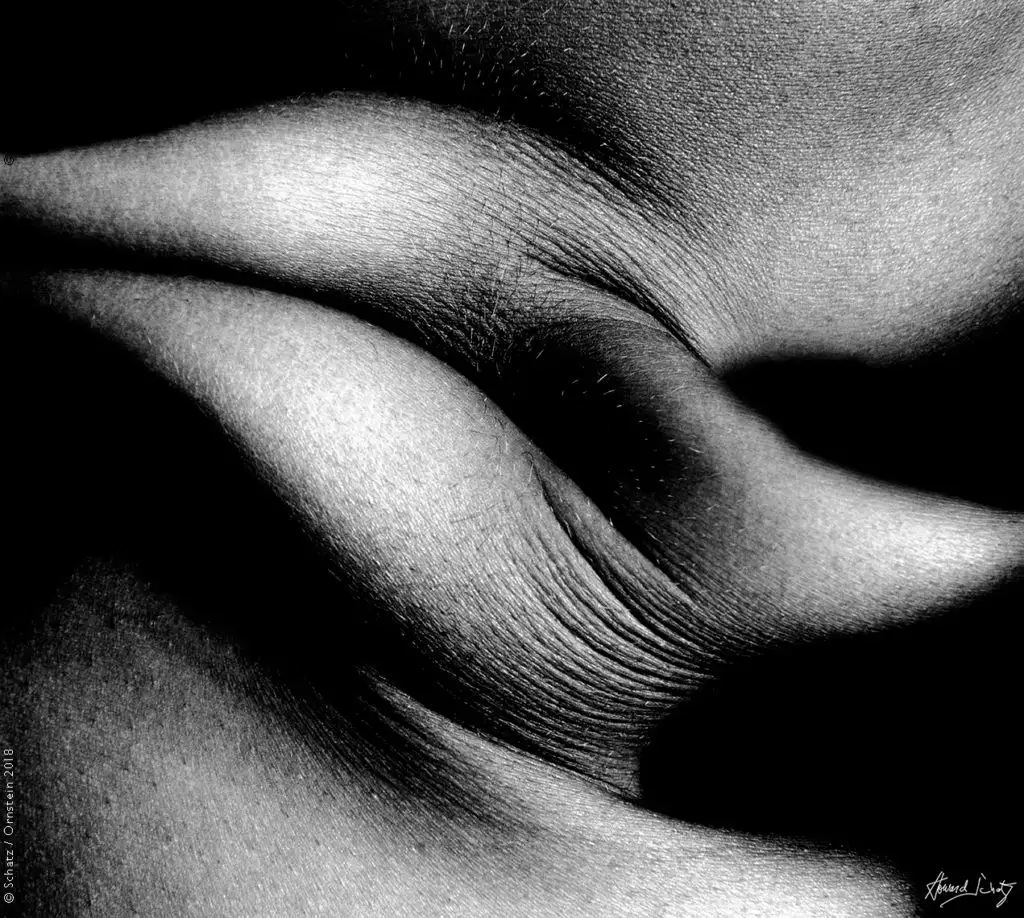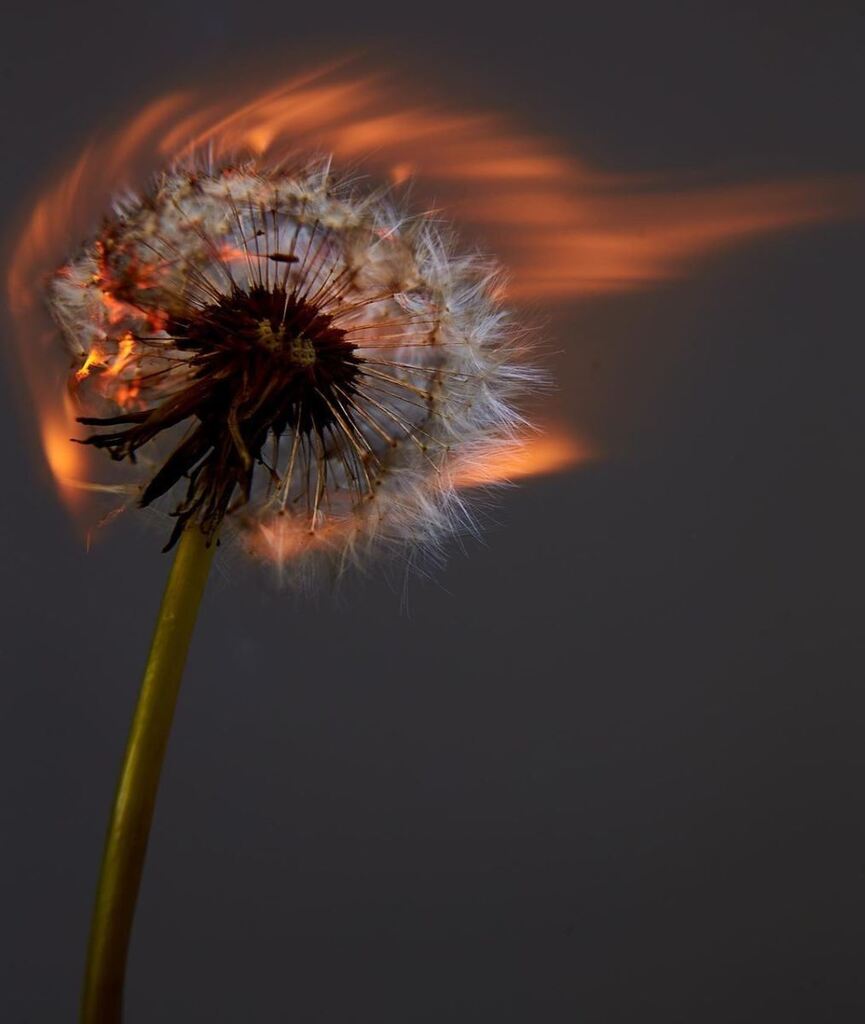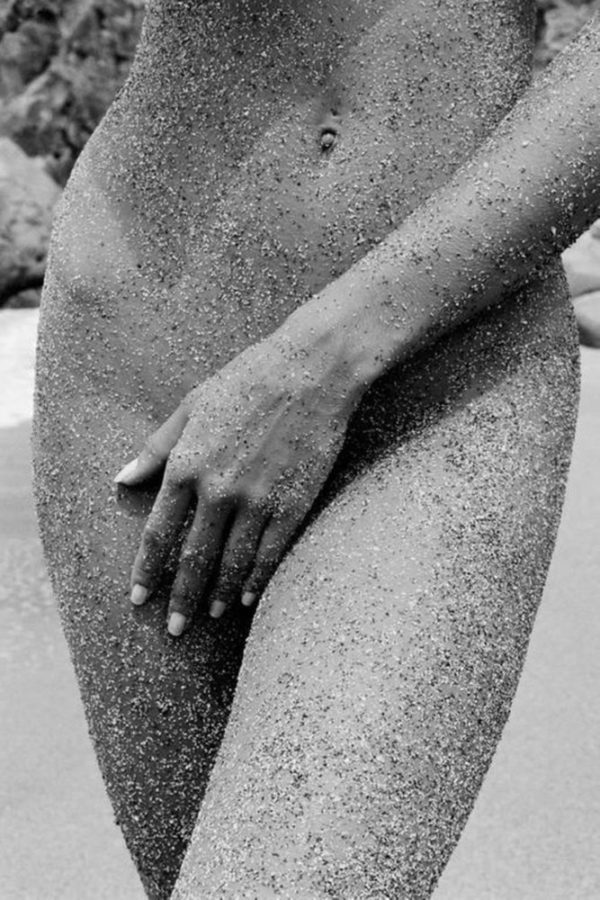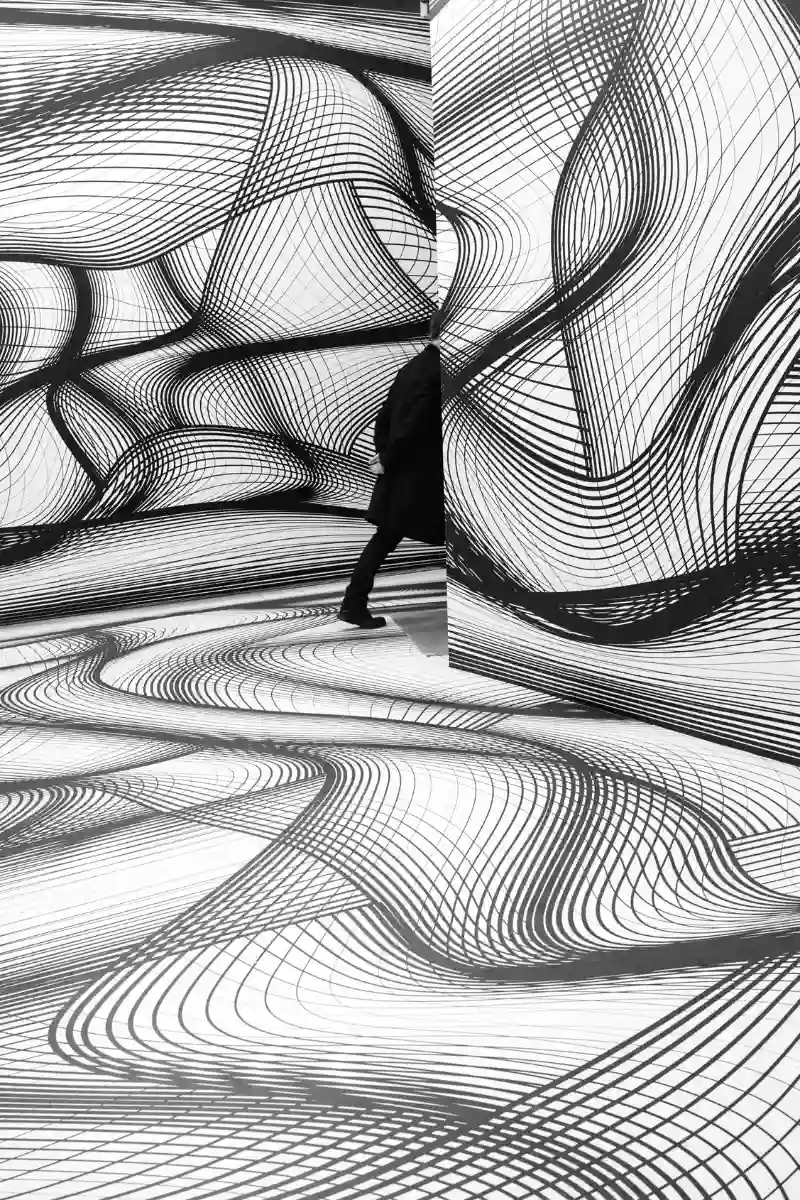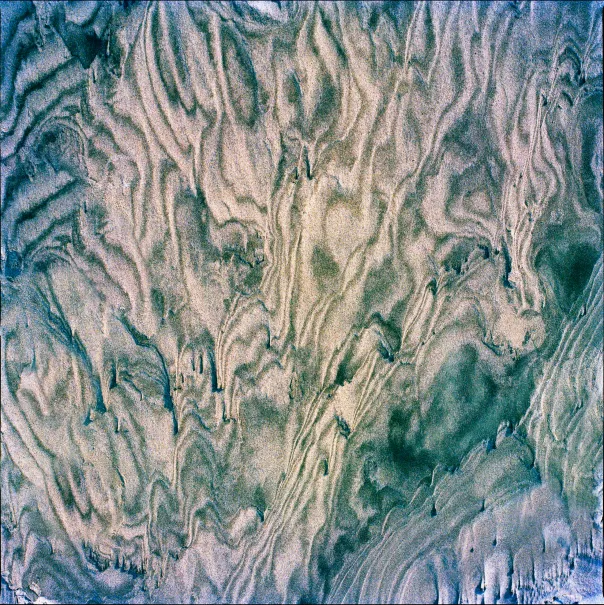
In the world of fine art photography, two elements consistently shape the soul of an image: light and texture.
More than just technical considerations, they are emotional tools—silent languages that speak to our senses. They guide our gaze, provoke feeling, and breathe life into static frames. Light and texture transform a photograph into an evocative visual poem when handled with vision and intention.
Photographers such as Andreas H. Bitesnich, David Drebin, Bruno Bisang, Rankin, Arthur Elgort, Tim Flach, Albert Watson, and Howard Schatz each harness these elements in unique ways, demonstrating how deeply light and texture influence the fine art imagery.
Arthur Elgort, Lisa Durham, NYC 1986
limited edition of 10
Light is the sculptor of photography. It doesn’t just illuminate a subject—it defines and shapes it. Whether natural or artificial, soft or harsh, light creates depth and tension, clarity or ambiguity.
Andreas H. Bitesnich, known for his powerful black-and-white nudes, uses directional lighting to carve the human form with almost sculptural precision. Shadows become part of the composition, revealing strength, vulnerability, and raw beauty.
Andreas H. Bitesnich, Djalil, 2011
limited edition of 25
In contrast, David Drebin often bathes his cinematic scenes in surreal light—golden sunsets, neon glows, or moody chiaroscuro—that enhances narrative and drama.
David Drebin, Lips in Bubbles
limited edition of 7
Texture in photography is not just about surface—it’s about sensation. It draws the viewer in, creating a tactile illusion. In fine art photography, texture deepens the sense of presence.
Tim Flach captures the exquisite textures of animal skin, fur, feathers, and scales with a hyperrealistic clarity. His use of macro techniques and sharp lighting doesn’t just show us animals—it lets us feel them.

Tim Flach, Flamingo
limited edition of 5
Albert Watson’s portraits, particularly in monochrome, often emphasize texture—from the creases in a weathered face to the fibrous grain of a backdrop. His use of medium-format film and controlled studio lighting reveals an almost painterly richness.
Even more apparent is his interesting and experimental take on capturing light and texture in his ‘Isle of Skye’-Series. The Landscape Photography seems almost abstract, capturing the feel of the Land rather than the Physical appearance.
Albert Watson, Reeds in Loche, 2013
limited edition of 10
Bruno Bisang’s sensual fashion and nude photography bring smoothness, gloss, and softness into high relief. Texture here is less about roughness and more about allure—skin like silk, light bouncing off polished surfaces.
Bruno Bisang, Youma, Milan 1998
limited edition of 10
Light reveals texture; texture gives light something to interact with. When these two elements work in harmony, they elevate a photograph from documentation to expression.
Raking light—light that skims the surface of an object at a shallow angle—reveals every detail. This technique is visible in Howard Schatz’s Body Studies, where the dance of light and distortion accentuates the shimmer of skin textures.
Howard Schatz, Folds Study #1031
limited edition of 8
In Rankin’s edgy and stylized portraits, bold lighting often heightens the tactile qualities of skin, fabric, or makeup. Hard shadows and crisp highlights can create a sense of immediacy, a confrontation between the viewer and the subject. However, his unique take on texture becomes more apparent in his Closeup Works, like the ‘Exploding Worlds’-Series
Sometimes, the absence of texture or its muting through soft, diffused light can be equally powerful. A high-key portrait with minimal surface detail can feel ethereal or intimate, focusing the viewer on expression and shape rather than physical form.
Rankin, Exploding World II
limited edition of 5
To master the relationship between light and texture, photographers must first observe. Where is the light coming from? How does it fall on the subject? Is it revealing or concealing? From there, the artist can make creative choices:
- Hard light (from a small, direct source like the sun or a bare bulb) enhances texture and contrast.
- Soft light (from a large, diffused source) smooths surfaces and creates mood.
- Side lighting reveals surface detail.
- Backlighting creates silhouettes and luminous edges, while often softening surface texture.
Lens choice also plays a role: macro lenses for detailed textures, wide apertures for shallow depth and smooth transitions. Post-processing can either emphasize or soften texture through contrast adjustments, clarity, and selective sharpening.
Antoine Verglas, Petra Grand Fond II, Shell Beach 2015
limited edition of 10
Light and texture are more than compositional tools—they are emotional levers, capable of whispering or shouting. In the hands of a fine art photographer, they become a vocabulary of feeling and sensation.
Gérard Uféras, Grand Palais III
limited edition of 2
From the sharp sculptural forms of Bitesnich, to the glowing fantasy of Drebin, to the intimate realism of Flach, every artist invites us to see—and to feel—differently. Their work is a reminder that great photography is not just seen, but experienced.
So next time you lift a camera or study a print, ask yourself:
What is the light saying? What is the texture whispering? And how will you make them dance together?
Nigel Parry, Untitled 19
limited edition of 10
